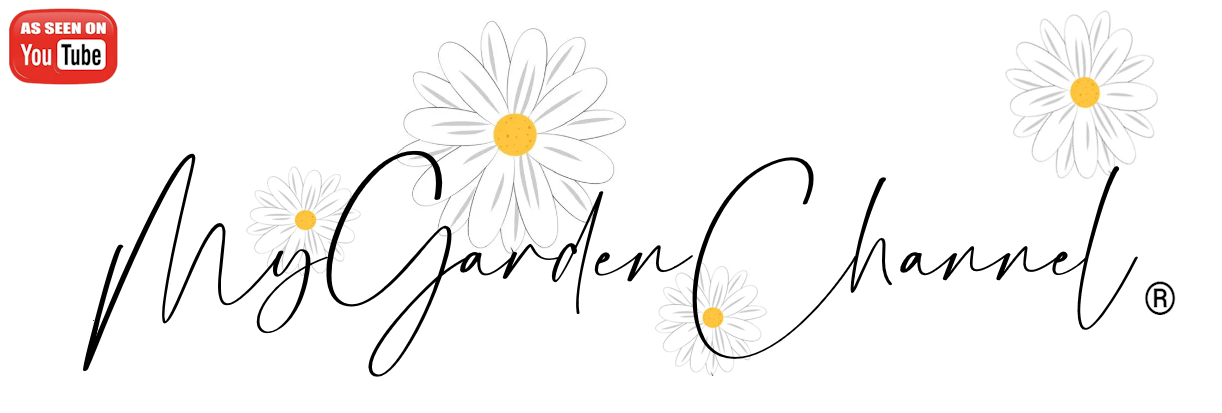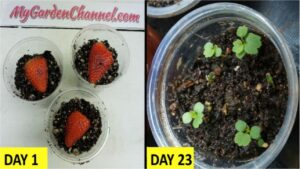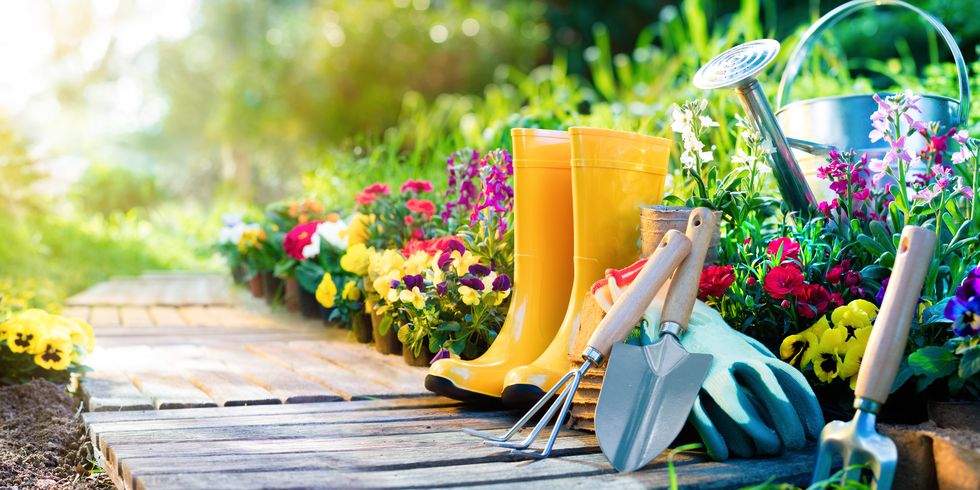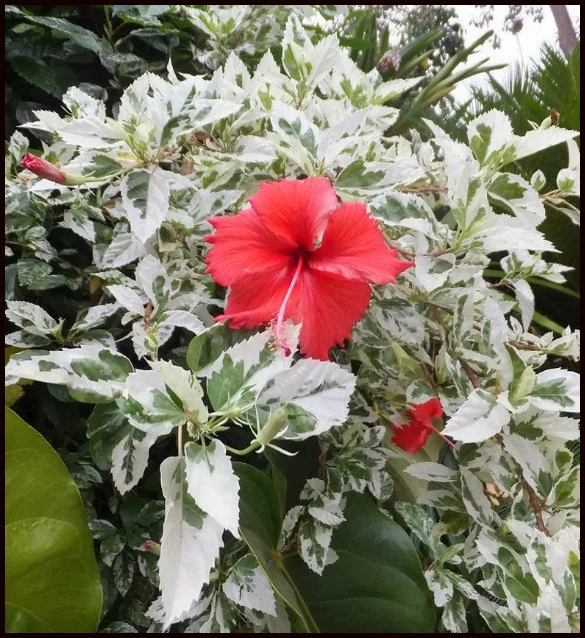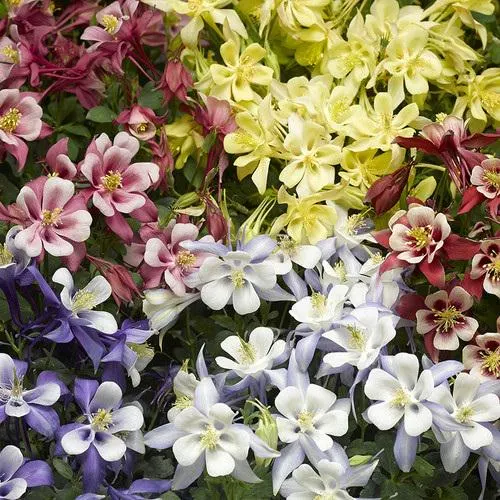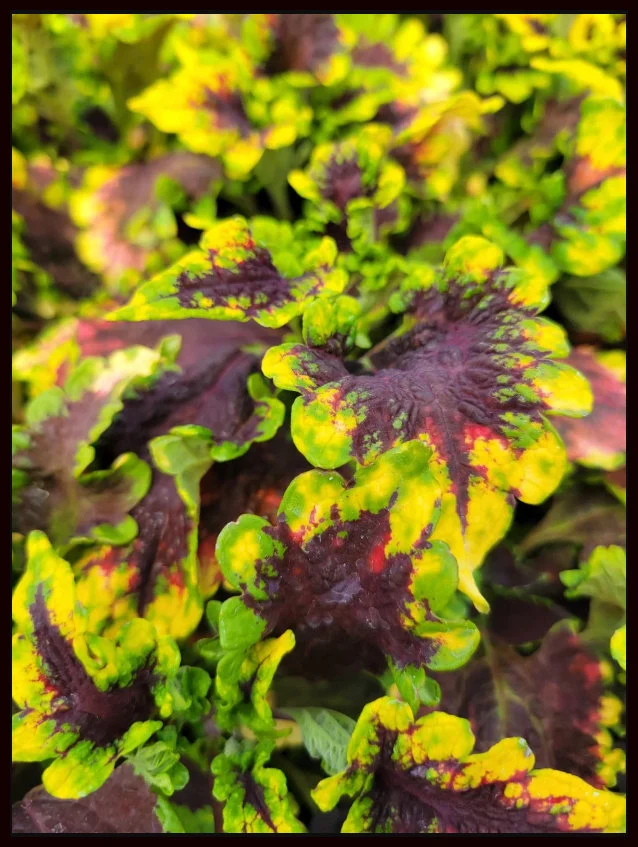Pink Bougainvillea (Bougainvillea spp.) is a tropical and vibrant plant known for its stunning, papery bracts in shades of pink (as well as purple, red, and white), which surround its small white flowers. Bougainvillea is often used in landscaping for its ability to thrive in warm climates, creating beautiful cascading vines or shrubs. Here’s a care guide to help you grow and maintain a healthy pink bougainvillea:
Light:
- Full Sun: Bougainvillea loves full sun and thrives best with at least 5-6 hours of direct sunlight per day. The more sun it gets, the more vibrant the bracts will be.
- Bright Location: If you’re growing bougainvillea indoors, place it near a sunny window where it can receive plenty of light.
Watering:
- Drought-Tolerant: Bougainvillea is relatively drought-tolerant once established, but it does need regular watering when young or during periods of hot weather.
- Watering Frequency: Allow the soil to dry out between waterings. Overwatering can cause root rot, so it’s better to underwater than overwater.
- Indoor Watering: For indoor plants, ensure that the soil dries out completely between waterings, especially in winter when the plant is dormant.
Soil:
- Well-Draining Soil: Bougainvillea prefers well-drained, sandy or loamy soil. Good drainage is key to avoiding waterlogged roots, which can lead to root rot.
- Slightly Acidic to Neutral pH: Bougainvillea thrives in slightly acidic to neutral soil (pH 5.5 to 7.0).
Temperature:
- Warm Temperatures: Bougainvillea is best suited to warm climates, thriving in temperatures between 65°F and 95°F (18°C – 35°C). It is hardy in USDA zones 9-11, though it can be grown as a container plant in cooler climates and brought indoors during winter.
- Avoid Frost: Bougainvillea is frost-sensitive and will suffer if exposed to cold temperatures below 32°F (0°C). If grown in colder regions, it’s best to bring the plant inside during the winter or treat it as an annual.
Fertilizing:
- Light Fertilization: Bougainvillea doesn’t require heavy fertilization, but feeding it can encourage more flowers. Use a balanced fertilizer with low phosphorus content (as too much phosphorus can harm it) every 4-6 weeks during the growing season (spring and summer).
- Organic Fertilizer: You can also use organic fertilizers like compost or slow-release plant food to keep your bougainvillea healthy.
Pruning:
- Encourage Blooms: Bougainvillea blooms on new growth, so regular pruning helps keep it looking tidy and encourages more flowers. Prune it back in early spring or late winter before new growth starts.
- Shape and Control: Bougainvillea is a vigorous grower and may become leggy or overgrown if not trimmed. Cut back long vines to keep the plant within its desired size or shape.
- Deadheading: Remove spent flowers to promote new blooms and maintain a tidy appearance.
Pests and Problems:
- Pests: Bougainvillea is susceptible to pests like aphids, spider mites, and mealybugs. Inspect the plant regularly for pests and treat with insecticidal soap or neem oil if necessary.
- Diseases: It can occasionally suffer from fungal diseases such as powdery mildew or root rot (if overwatered). Ensure proper drainage and avoid wetting the foliage when watering to help prevent fungal infections.
- Thorns: Bougainvillea has thorns, so be cautious when handling the plant to avoid scratches.
Growth and Size:
- Vigorous Growth: Bougainvillea can grow rapidly, reaching up to 10-15 feet in height (or more, depending on the variety and growing conditions). It can be trained to grow as a vine, shrub, or even a small tree.
- Compact Varieties: If you prefer a smaller plant, look for dwarf or compact bougainvillea varieties that are more suited for containers or small spaces.
Propagation:
- Cuttings: Bougainvillea is commonly propagated from cuttings. Take semi-hardwood cuttings in late spring or early summer and root them in a well-draining soil mix or water until roots develop.
- Layering: You can also propagate bougainvillea through layering, where a low branch is buried in the soil until it forms roots.
Special Tips:
- Container Growth: Bougainvillea can be grown in containers, making it easier to move indoors in colder weather. Choose a large pot with good drainage and be mindful of its rapid growth.
- Temperature Stress: Bougainvillea may drop leaves if stressed by temperature fluctuations, underwatering, or over-fertilization. Keep it in a stable environment for the best growth and blooming.
- Flowering: The bracts (colored petals) are what most people notice, but the actual flowers are tiny and white. Bougainvillea often flowers in bursts, particularly after pruning or during warmer weather.
By following these care guidelines, your pink bougainvillea can thrive and bring a stunning pop of color to your garden or home. Whether as a trailing vine, bush, or container plant, it’s sure to make a beautiful and low-maintenance addition to your landscape.
4o mini
Welcome To My Garden Channel
My Garden Channel is a website that provides information and resources for gardening enthusiasts. The website includes the following sections: Overall, My Garden Channel is a website that aims toRead More
Snow Queen Hibiscus (Hibiscus rosa-sinensis)
The Snow Queen Hibiscus (Hibiscus rosa-sinensis) is a beautiful tropical plant known for its large, white, or pale-colored flowers and its glossy, dark green leaves. It’s a relatively easy plantRead More
Songbird Mix Columbine
Songbird Mix is a beautiful, vibrant blend of columbine (Aquilegia) plants that features a variety of flower colors, including shades of red, yellow, pink, and purple. These perennial plants areRead More
Solar Flair Coleus
Coleus ‘Solar Flair’ is a vibrant and colorful variety of coleus known for its eye-catching foliage, featuring bright, bold shades of red, orange, and yellow with some dark purple accents.Read More
Proudly powered by WordPress
